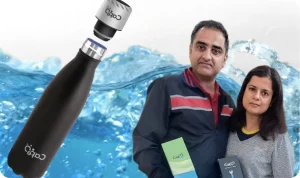
Lifecycle of a toothbrush! Its components and effects
By Ishita Paul
Updated 08 Nov, 2024
6 min read
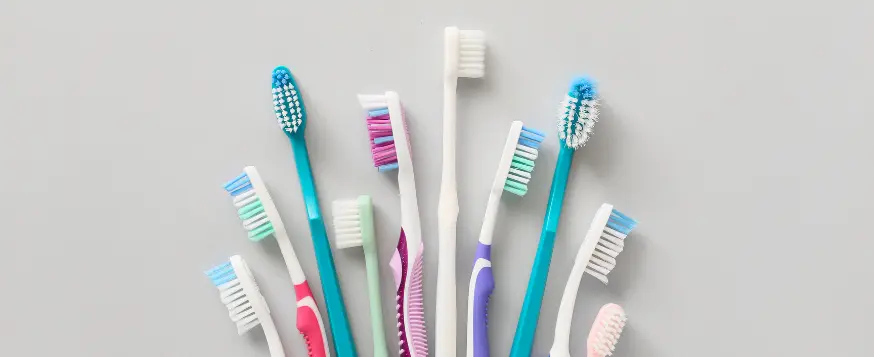
Contents
The first thing that we do when we wake up in the morning is mindlessly getting a hold of our toothbrush. Have you ever given enough thought to think about the seemingly insignificant object? We don’t really give our toothbrushes a second thought. Yes, it’s just a toothbrush; yet, when we examine its entire life cycle, we get to see how far-reaching the problem really is. In reality, plastic toothbrushes have a much longer life than us humans. They stick around for hundreds of years.
In this article, I am going to break down the life-cycle of a toothbrush to give you an idea of how our subconscious decision making has a significant impact on the environment.
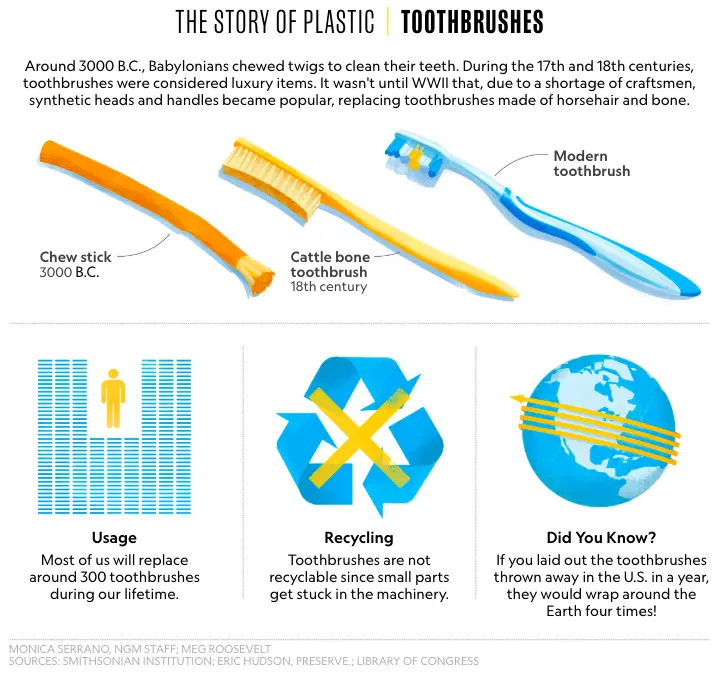
The birth of a plastic toothbrush
Our toothbrushes first start their journey as oil. Crude oil, natural gas, and coal are used to make synthetic polymers. Plastic can be made either synthetically or it can be ‘biobased. These plastics, on the other hand, are made from resources such carbohydrates, starch, vegetable fats and oils, microorganisms, and other biological materials.
Given the ease of manufacturing involved in crude oil processing, the majority of plastic in use today is synthetic. Although the growing demand for the limited oil reserves compels us to look for better renewable modes of plastic production.
The oil is then sent to a refinery which separates the oil into plastic pellets.
Components of a toothbrush
Let’s dig deeper into what the toothbrushes are made of. One by one I’m going to dissect the toothbrush and break down each component’s production process.
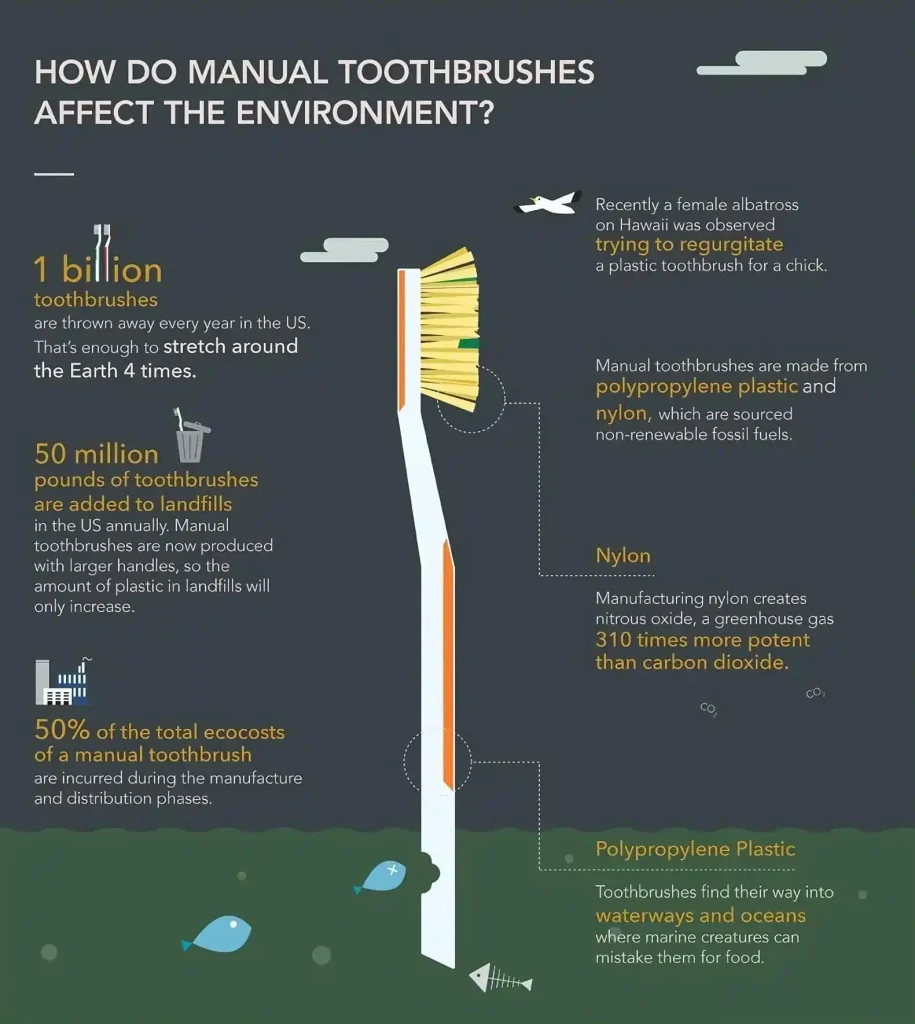
The handle of the toothbrush
To make the handle, plastic pellets are melted down and shaped with a mold. The plastic is poured into a toothbrush handle-shaped mold. The molds are squeezed as the plastic cools to ensure optimal molding. The plastic handles are then taken from the molds and prepped for the for next step once they have completely cooled.
The bristles of the toothbrush
It’s time to attach the bristles after the plastic handle has cooled. The toothbrush bristles are made of nylon, which is gentle enough to use on the teeth while also making it durable enough to survive repeated usage. The bristles are stapled in place and attached to the toothbrush’s core. It will need to be trimmed once they’ve been installed; this is done with a machine that can precisely trim the bristles to the proper length and form.
Packaging these toothbrushes
After all this work is done, the brushes are packed into boxes that are again made up of a combination of plastics and cardboard.
Toothbrushes are typically packaged to ensure hygiene, protection, and appeal to consumers. Traditional packaging often involves plastic blister packs or plastic sleeves, which safeguard the toothbrush from contamination but contribute to environmental waste. In response to growing environmental concerns, many manufacturers are transitioning to more sustainable packaging solutions.
Common Toothbrush Packaging Methods:
Plastic Blister Packs: These consist of a molded plastic shell enclosing the toothbrush, often with a cardboard backing. While they provide excellent protection and visibility, they are challenging to recycle and contribute to plastic waste.
Plastic Sleeves: A simpler form of packaging where the toothbrush is encased in a plastic sleeve, offering basic protection but still adding to plastic consumption.
Cardboard Boxes: An eco-friendlier option, toothbrushes are placed in cardboard boxes, which are recyclable and biodegradable. Brands like Kolaxo Packaging offer custom toothbrush boxes made from durable cardboard, emphasizing sustainability.
Paper-Based Blister Packs: Some companies use paper-based blister packs with a small plastic window, reducing plastic usage while maintaining product visibility. For instance, Pro Carton highlights a plastic-free toothbrush packaging made from around 90% sustainably sourced and recyclable materials.
Minimalist Packaging: To further reduce waste, some brands opt for minimal packaging, such as a simple paper band or wrap around the toothbrush handle. This approach minimizes material use and waste.
Sustainable Packaging Initiatives:
Aldi’s Transition: In 2024, Aldi began rolling out plastic-free packaging for its own-label toothbrushes, switching to cardboard containers to reduce waste by approximately 17 tonnes of plastic annually. The Scottish Sun
TIO’s Innovative Design: The TIO toothbrush features a sustainable design with a bioplastic handle and minimal packaging made from thermoformed fiber material. The packaging doubles as a travel cap, emphasizing resource efficiency. Packaging of the World
These efforts reflect a broader industry trend toward reducing environmental impact through sustainable packaging solutions.
According to the Centers for Disease Control and Prevention (CDC), we should change our toothbrushes every 3 to 4 months. After that, the bristles will start to wear off and the brush won’t be as effective as it should be.
So, what do we do when we are done with it? Throw it in the bins, right? You would think that the cycle ends here but not even close! The plastic toothbrush just started its life. It would stick around for more than 500 years to come.
The plastic toothbrush is going to see the world longer than we!
The total number of plastic toothbrushes being produced, used, and thrown away each year has grown steadily since the first one was made in the 1930s.
– National Geographic
The disposal of a plastic toothbrush
Once discarded, toothbrushes spend rest of their life in landfills. Plastic doesn’t decompose because it is not organic material. The majority of today’s plastics are manufactured of polyethylene terephthalate, which is practically unbreakable. The polymers are very tough to disintegrate since microbes are unable to break them down.
When you use a plastic toothbrush, you’re contributing to the 4.7 billion that end up in landfills every year. That’s enough toothbrushes to wrap around the earth 4 times! Plastic toothbrushes are also one of the most significant contributors to ocean pollution, the health of marine species, food safety and climate change. Seabirds, whales, fish, and turtles mistake plastic waste for food, and the majority of them starve to death as their bellies fill with plastic.
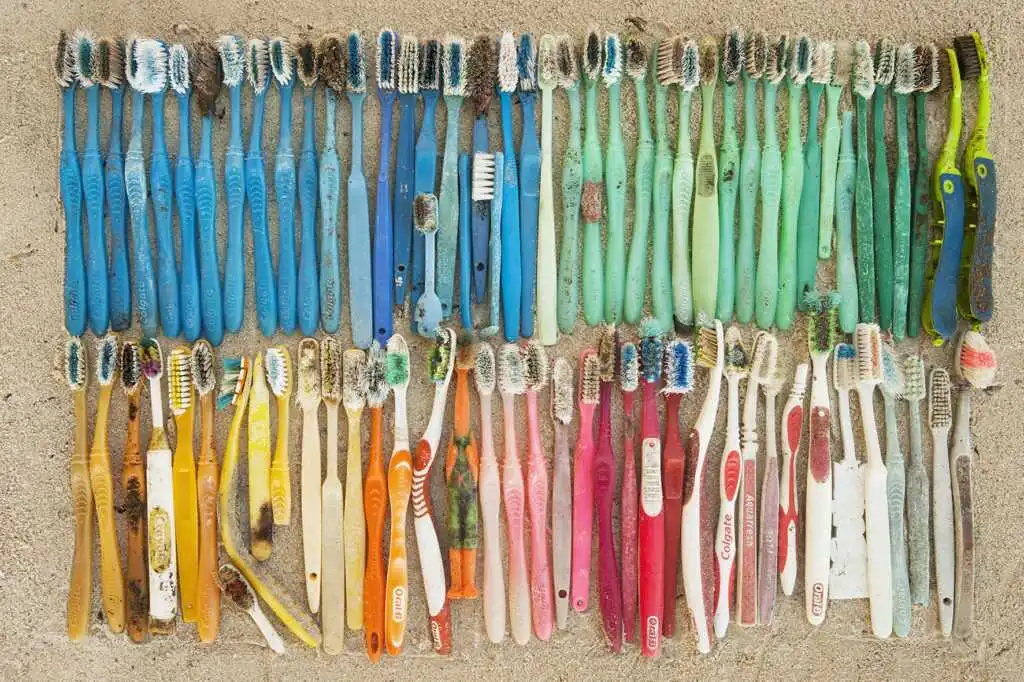
Over 1 million marine animals (including mammals, fish, sharks, turtles, and birds) are killed each year due to plastic debris in the ocean
– UNESCO .org
The plastics also cannot be burnt. When plastic garbage is incinerated, carbon dioxide and methane are released into the atmosphere, increasing emissions. Thus, contributing to climate change.
Natural materials were used to make the basic toothbrush for centuries. Manufacturers began replacing nylon and other polymers into the design in the early twentieth century, during the days of plastic innovation, and have never looked back.
Plastic has infiltrated toothbrush design to the point that it’s practically impossible to brush our teeth without coming into contact with a polymer. Because plastic is practically indestructible, nearly every toothbrush produced since the 1930s is still alive and well somewhere in the world as a piece of trash.
What can we do to a plastic toothbrush?
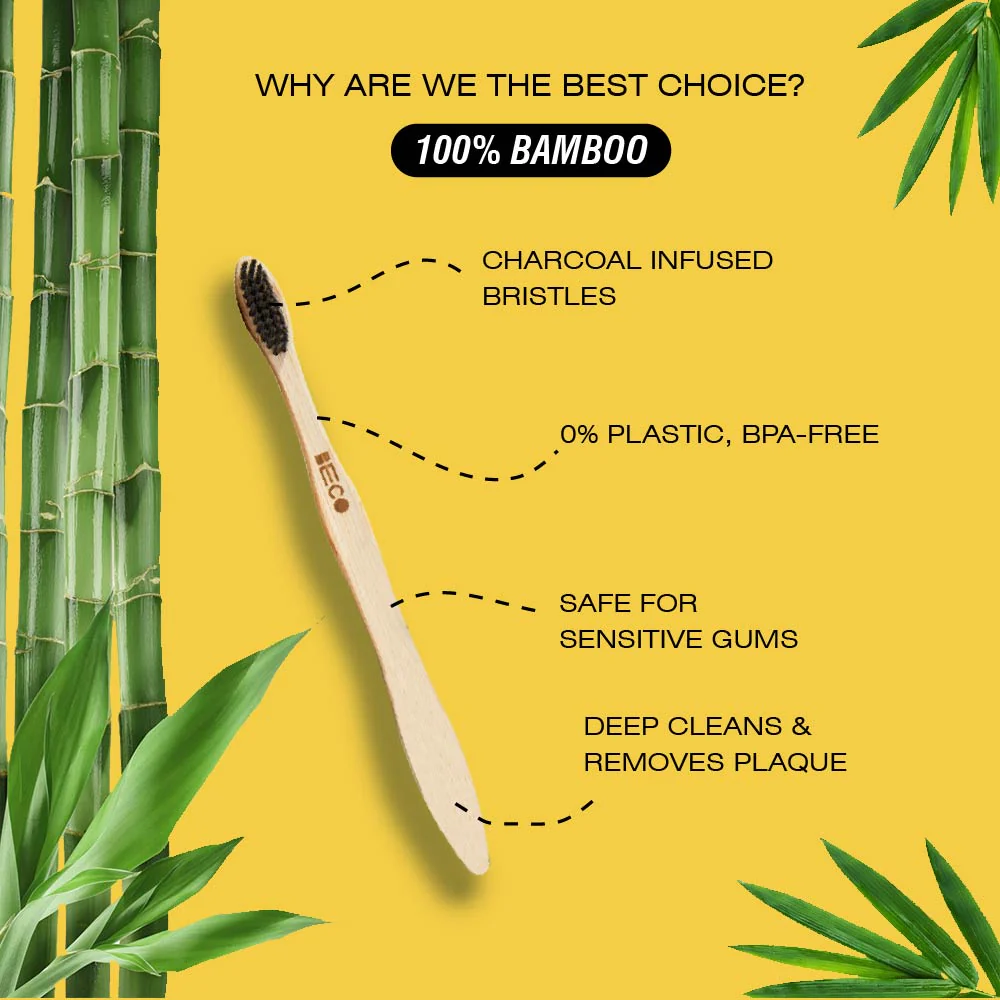
Bamboo toothbrushes are a terrific plastic-free alternative that won’t hurt the environment and may be thrown away without remorse. Plastic-free alternatives are a booming business, with alternatives sprouting up everywhere as consumers become more conscious. Using a natural material that is durable, water-resistant, antibacterial, and biodegradable is advantageous because it will not pollute once discarded.
Yes, plastic toothbrushes are cheaper in monetary value but if we think about it, they are very expensive materials that do not only cost us our money but also the world that we live in. Here are some bamboo toothbrushes for you to do your part.
Shifting to bamboo brushes would require a huge cultural shift. Change takes time. And because we have been using the same toothbrush design for more than 70 years and have caused enough trouble, maybe that time is now.
This blog is originally written by Ishita Paul. She is a Economics students from IPCW, University of Delhi. and a long time contributor to the Mission Sustainability.
FAQs
1. How long does a typical plastic toothbrush last in the environment?
Most plastic toothbrushes are made from polypropylene and nylon, materials that don’t decompose naturally. They can take up to 400-500 years to break down in a landfill or ocean environment, contributing significantly to pollution and harming marine life. According to the Environmental Protection Agency (EPA), each year over 1 billion toothbrushes are discarded in the United States alone, which accounts for 50 million pounds of waste. This longevity poses a huge environmental challenge as traditional plastic toothbrushes accumulate in landfills and oceans.
Data Source: Environmental Protection Agency (EPA), National Geographic.
2. What materials are toothbrushes typically made from?
Traditional toothbrushes use a combination of plastic (polypropylene) for the handle and nylon bristles. While these materials make the toothbrushes durable and water-resistant, they also prevent decomposition. Bamboo toothbrushes, an eco-friendly alternative, use bamboo for the handle and plant-based bristles, which can break down faster in compost conditions. The manufacturing process for plastic toothbrushes emits significant CO₂ and requires fossil fuels, further impacting the environment negatively.
Data Source: World Health Organization (WHO), National Institute of Environmental Health Sciences (NIEHS).
3. What are the environmental impacts of disposing of a toothbrush?
A single toothbrush’s lifecycle—from manufacturing to disposal—produces around 37 grams of CO₂ emissions. When disposed of, traditional toothbrushes add to the 79% of plastic waste that ends up in landfills or the environment, as reported by the UNEP. In oceans, toothbrushes can break down into microplastics, which harm marine life and enter food chains. Recycling toothbrushes can be challenging due to mixed materials, making it important to consider biodegradable or compostable options.
Data Source: United Nations Environment Programme (UNEP), The Ocean Conservancy.
4. How can you responsibly dispose of an old toothbrush?
For plastic toothbrushes, look for recycling programs by manufacturers or eco-friendly organizations. Some companies now offer mail-back services or drop-off programs for used toothbrushes and oral care products. For bamboo toothbrushes, the handle can be composted after removing the nylon bristles, which can then be recycled. Dentists recommend replacing your toothbrush every 3-4 months, so finding a responsible disposal option reduces environmental impact over time.
Data Source: American Dental Association (ADA), TerraCycle recycling programs.
5. What is the carbon footprint of a toothbrush from production to disposal?
The carbon footprint of a single plastic toothbrush is roughly 11 grams of CO₂ per use, adding up over its recommended lifespan. Production relies heavily on petroleum-based materials and energy, generating emissions and toxic byproducts. Transport also contributes to emissions, especially for disposable toothbrushes distributed globally. Switching to bamboo or electric toothbrushes with replaceable heads can lower this footprint over the long term.
Data Source: International Carbon Emissions (ICE), The Nature Conservancy.
6. When should I dispose of my toothbrush, and how can I tell if it’s too old?
Dentists recommend replacing your toothbrush every 3-4 months to ensure effective oral hygiene. Signs that your toothbrush is too old include frayed or splayed bristles, which make brushing less effective by reducing contact with tooth surfaces. Additionally, worn bristles can harbor bacteria and plaque, potentially causing oral health issues. If you’ve been sick, it’s also a good idea to replace your toothbrush to prevent re-infection. Keeping an eye on these signs helps maintain optimal dental hygiene while avoiding unnecessary waste by replacing only when necessary.
Data Source: American Dental Association (ADA), Centers for Disease Control and Prevention (CDC).
Related articles


Craste: Turning Crop Waste Into a Sustainable Future
